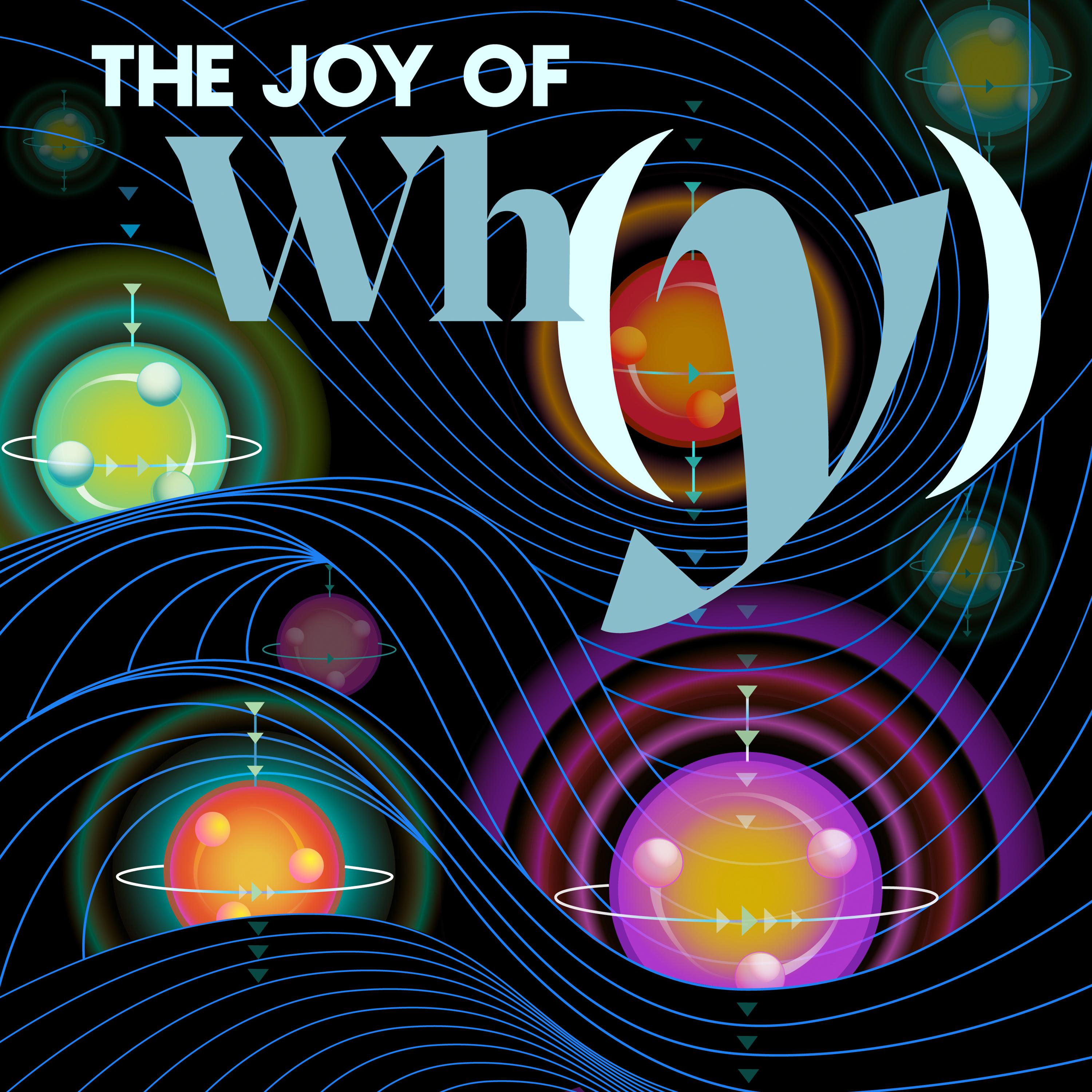
The Joy of Why
Steven Strogatz, Janna Levin and Quanta Magazine“The Joy of Why” is a Quanta Magazine podcast about curiosity and the pursuit of knowledge. The mathematician and author Steven Strogatz and the cosmologist and author Janna Levin take turns interviewing leading researchers about the great scientific and mathematical questions of our time. New episodes are released every other Wednesday.
Quanta Magazine is a Pulitzer Prize–winning, editorially independent online publication launched and supported by the Simons Foundation to illuminate big ideas in science and math through public service journalism. Quanta’s reporters and editors focus on developments in mathematics, theoretical physics, theoretical computer science and the basic life sciences, emphasizing timely, accurate, in-depth and well-crafted articles for its broad discerning audience. In 2023, Steven Strogatz received a National Academies Eric and Wendy Schmidt Award for Excellence in Science Communications partly for his work on “The Joy of Why.”
“The Joy of Why” is a Quanta Magazine podcast about curiosity and the pursuit of knowledge. The mathematician and author Steven Strogatz and the cosmologist and author Janna Levin take turns interviewing leading researchers about the great scientific and mathematical questions of our time. New episodes are released every other Wednesday.
Quanta Magazine is a Pulitzer Prize–winning, editorially independent online publication launched and supported by the Simons Foundation to illuminate big ideas in science and math through public service journalism. Quanta’s reporters and editors focus on developments in mathematics, theoretical physics, theoretical computer science and the basic life sciences, emphasizing timely, accurate, in-depth and well-crafted articles for its broad discerning audience. In 2023, Steven Strogatz received a National Academies Eric and Wendy Schmidt Award for Excellence in Science Communications partly for his work on “The Joy of Why.”


































































Will We Ever Prove String Theory?

For decades, string theory has been hailed as the leading candidate for the theory of everything in our universe. Yet despite its mathematical elegance, the theory still lacks empirical evidence.
One of its most intriguing, yet vexing, implications is that if all matter and forces are composed of vibrations of tiny strands of energy, then this allows for a vast landscape of possible universes with different physical properties, varieties of particles and complex spacetimes. How, then, can we possibly pinpoint our own universe within a field of almost infinite possibilities?
Since 2005, Cumrun Vafa at MIT has been working to weed out this crowded landscape by identifying which hypothetical universes lie in a ‘swampland’ with properties inconsistent with the world we observe. In this episode of The Joy of Why, Vafa talks to co-host Janna Levin about the current state of string theory, why there are no more than 11 dimensions, how his swampland concept got an unexpected lift from the BICEP array, and how close we may be to testable predictions.